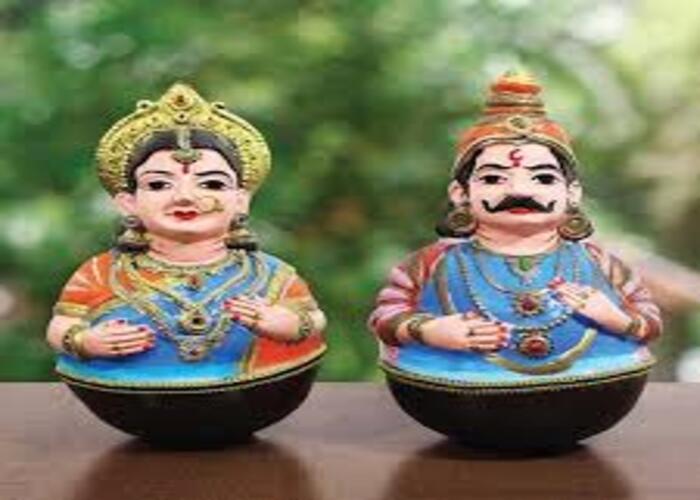Safeguarding Traditional Art Forms: The Role of GI-Tagged Handicrafts and Artisans in Sustainable Development

Traditional art forms are significant threads in the cultural fabric of human civilization. They embody the history, locality, beliefs, and craftsmanship of communities over generations. Handicrafts in India, which are recognized under the Geographical Indication (GI) tagging system, have deeper meanings. These handicrafts are not only illustrative of artistic ability but are also representative of intangible cultural heritage that provide livelihoods, foster identity, and build local economies.
Institutions like Presidency University, through their interdisciplinary focus on heritage, culture, and entrepreneurship, are recognizing the critical importance of these traditional art forms. At the Presidency School of Commerce, research and pedagogy increasingly explore the economic and social potential of India's artisanal sector, advocating for sustainable models of craft preservation and business innovation.
Traditional art forms in India illustrate living legacies of identity, knowledge, and sustainability, and in a rapidly globalizing world, traditional art forms are important not only as cultural expressions but as markers of spirit lines – which is to say, living cultural representations of identity. India's handicrafts, with GI recognition, represent the country's intangible cultural heritage (ICH) and offer livelihoods to millions, underpinned by skills, beliefs, and techniques that continue across generations.
Despite their cultural and economic value, India's handicrafts sector faces existential threats from industrialization, limited access to markets, climate change, and declining cultural appreciation. The artisan sector is more vulnerable than ever due to rapid urbanization, monumental technological changes, and climate change. Moreover, many of the artisan communities are socially marginalized because of limited access to markets, and low awareness amongst consumers, and also experience fragmentation within their local communities. Lastly, due to a lack of continuity as young people leave traditional, local professions behind, the survival of traditional handicrafts is being severely threatened.
Artists, in this context, are essential contributors to cultural and economic sustainability. Their work aligns with global development objectives, linking directly to the United Nations Sustainable Development Goals (SDGs): No Poverty (SDG 1), Decent Work and Economic Growth (SDG 8), Industry, Innovation and Infrastructure (SDG 9), Sustainable Cities and Communities (SDG 11), and Responsible Consumption and Production (SDG 12).
To ensure the continued relevance of traditional crafts, artisans must be supported not only in preserving their "knowledge" but also in gaining access to modern tools and digital marketplaces. At Presidency University, academic projects and community engagement initiatives promote such integration, using digital infrastructure as a strategy to rejuvenate traditional arts.
Through a powerful combination of storytelling, virtual exhibitions, e-commerce, and digital documentation, new opportunities are being created for artisans to thrive in the digital age. These efforts emphasize participatory, community-centered models that honor both the heritage value and contemporary relevance of traditional crafts.
A digital enablement project led by researchers and cultural practitioners, including collaborators from institutions like Presidency School of Commerce, focuses on working directly with artisans to capture oral histories, document traditional techniques, and build digital archives. By integrating digital tools and mediums, such as augmented reality, QR code stories, and access in regional language, help artisans directly connect with culturally aware consumers, locally and globally.
Such interdisciplinary efforts—combining commerce, culture, and technology—play a crucial role in protecting historical art forms while creating sustainable, inclusive, and resilient communities. As traditional artisans continue to navigate challenges of modernity, institutions like Presidency University and Presidency School of Commerce are positioning themselves as thought leaders in reshaping how we perceive, preserve, and promote India's intangible cultural heritage in the 21st century.













 Rajanukunte, Yelahanka, Bengaluru, Karnataka, Pin: 560119, India
Rajanukunte, Yelahanka, Bengaluru, Karnataka, Pin: 560119, India
 +91 9022092222
+91 9022092222